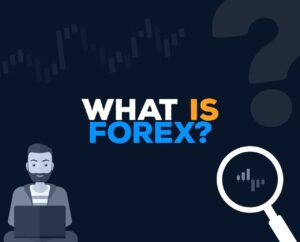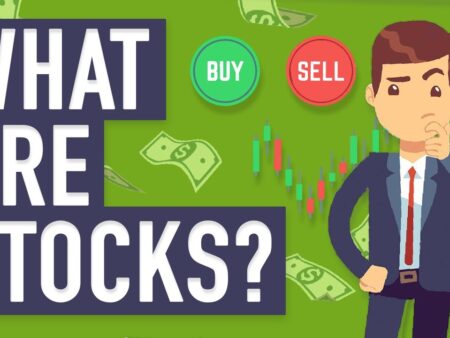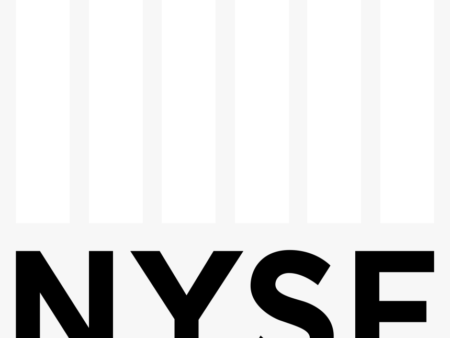
Forex is the global digital marketplace for exchanging foreign currencies and currency futures (FX). Despite the fact that there is no centralised geographic location, the FX industry is the world’s largest and most liquid exchange in terms of shares traded, with billions of euros bought and sold every day. The vast majority of trading takes place through banking institutions, brokerages, and investment firms.
Except for holidays, the currency market is open 24 hours a day, five days a week. When equity markets are closed, the FX market is active, though trading activity may be reduced.
The term forex is derived from the words foreign and exchange. It is sometimes abbreviated as FX. Previously restricted to government agencies and financial institutions, investors can now buy and sell currencies on forex immediately.
Currency trading profits and losses are derived from differences in the prices at which investors purchased and sold a currency pairing. Currency dealers do not deal in cash. Traders frequently roll over their positions at the end of the day.
What factors have an impact on Forex prices?
The price of forex is expressed as a pair. This is because you are exchanging one currency for another.
A number of factors influence foreign exchange pricing, including:
- Interest rates
- Inflation
- The government’s policies
- Imports and exports are in high demand.
Because of these variables and the large number of traders, prices move quickly. As a result, the market is extremely volatile, putting traders at greater risk.
Forex pairing illustration
Consider the US dollar and the Euro as examples of currency pricing. Three-letter abbreviations are used to represent currencies. On the left is the basic currency, in this case the US $ or USD.
On the right, this is swapped (exchanged) for EUR, which is known as the quotation:
- USD/EUR
Assume that one dollar equals 0.84 euro. However, keep in mind that these rates are constantly changing.

How to Trade Foreign Currency
In the forex market, one currency is used to purchase another. You forecast that the currency you bought will be more valuable than the currency you traded. If this occurs, you will complete your transaction and profit. If you are wrong, you will have to sell at a lower price than you paid and will incur a loss.
The concept of buying low and selling high is well-known. However, for newcomers, both the math and currency rules of forex trading can be challenging.
Binary options, CFDs, futures, options, and the future market are all ways to trade forex.
Forex trading example
Currency standards are an important concept to understand. Depending on the currency and market, different quotation methods are used. Euro conversion rates, for example, are frequently available in US dollars. A EUR quotation of 1.1251 indicates that you can buy one euro for approximately 1.1251 US dollars.
Things can get complicated at this point: Some currencies, such as the Japanese yen (JPY), have quotations that indicate how many yen may be bought with one US $. A JPY quotation of 110.32, for example, indicates that one US dollar can be purchased for 110.32 yen.
If you chose to buy euros and the exchange rate rose, you would profit because your one euro would now buy more US dollars. If you bought and the exchange rate rose, you would lose money because it would now cost more to buy one US dollar.
This may result in misunderstanding and the execution of unintentional trades for some traders. Before you embark on these high-risk endeavours, you should be well-versed in currency norms as well as forex market terminology.



